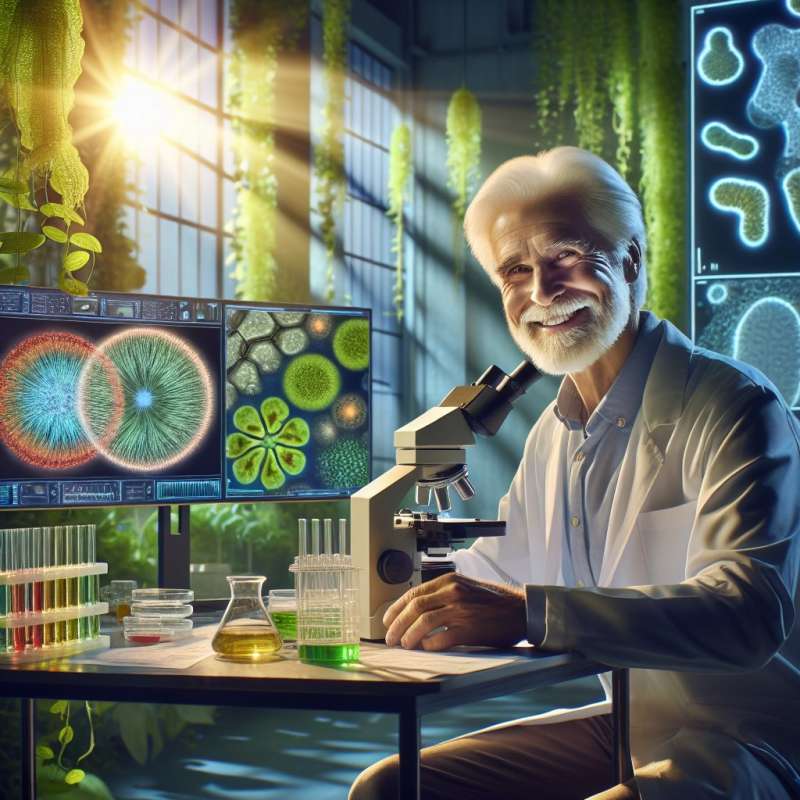
Mitochondrial Biogenesis Introduction
Mitochondrial biogenesis is the process by which cells increase their individual mitochondrial mass and copy number to increase energy production.
Regulation by PGC-1α
Peroxisome proliferator-activated receptor gamma coactivator-1alpha (PGC-1α) is a major regulator of mitochondrial biogenesis, coordinating the activity of multiple proteins for mitochondrial growth and function.
Mitochondrial DNA Replication
Mitochondrial biogenesis includes the replication of mitochondrial DNA, which is distinct from nuclear DNA, inherited maternally, and encodes key components of the respiratory chain.
Exercise Stimulates Biogenesis
Physical exercise triggers mitochondrial biogenesis. The increased demand for energy activates signaling pathways leading to enhanced mitochondrial function and muscle performance.
Biogenesis and Aging
Mitochondrial biogenesis declines with age, contributing to reduced metabolism and increased oxidative stress. Interventions to promote biogenesis may counteract age-related diseases.Mitochondria and Ancient Bacteria
Mitochondria originate from ancient bacteria that were engulfed by early eukaryotic cells, forming a symbiotic relationship that persists to this day.
What triggers mitochondrial biogenesis?
PGC-1α activity
Physical exercise
Oxidative stress
Company